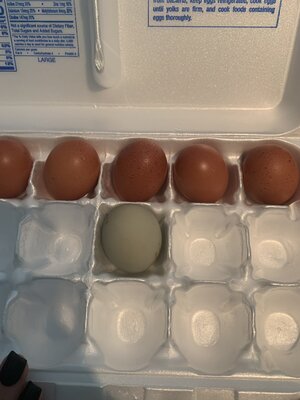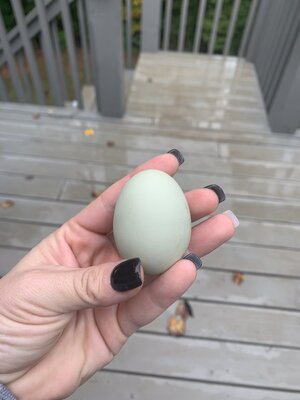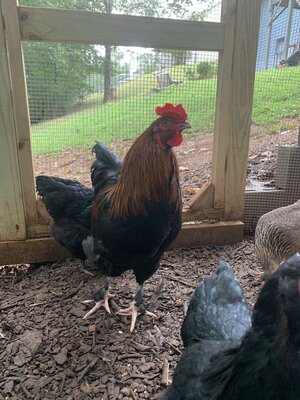So he is also an F2, increasing the chances of getting brown eggs, but also creating the gorgeous dark olive color. Interesting he has a pea comb. Could have a blue egg gene in him still. No way of knowing what they will produce for sure, but odds are greater that you will get dark brown eggs from the cross.My Roo’s mother was an Oliver egger. His father a Marans......he was hatched from an olive egg. The two pullets I have have the same parentage.

Do you have a photo of him you would like to share?






